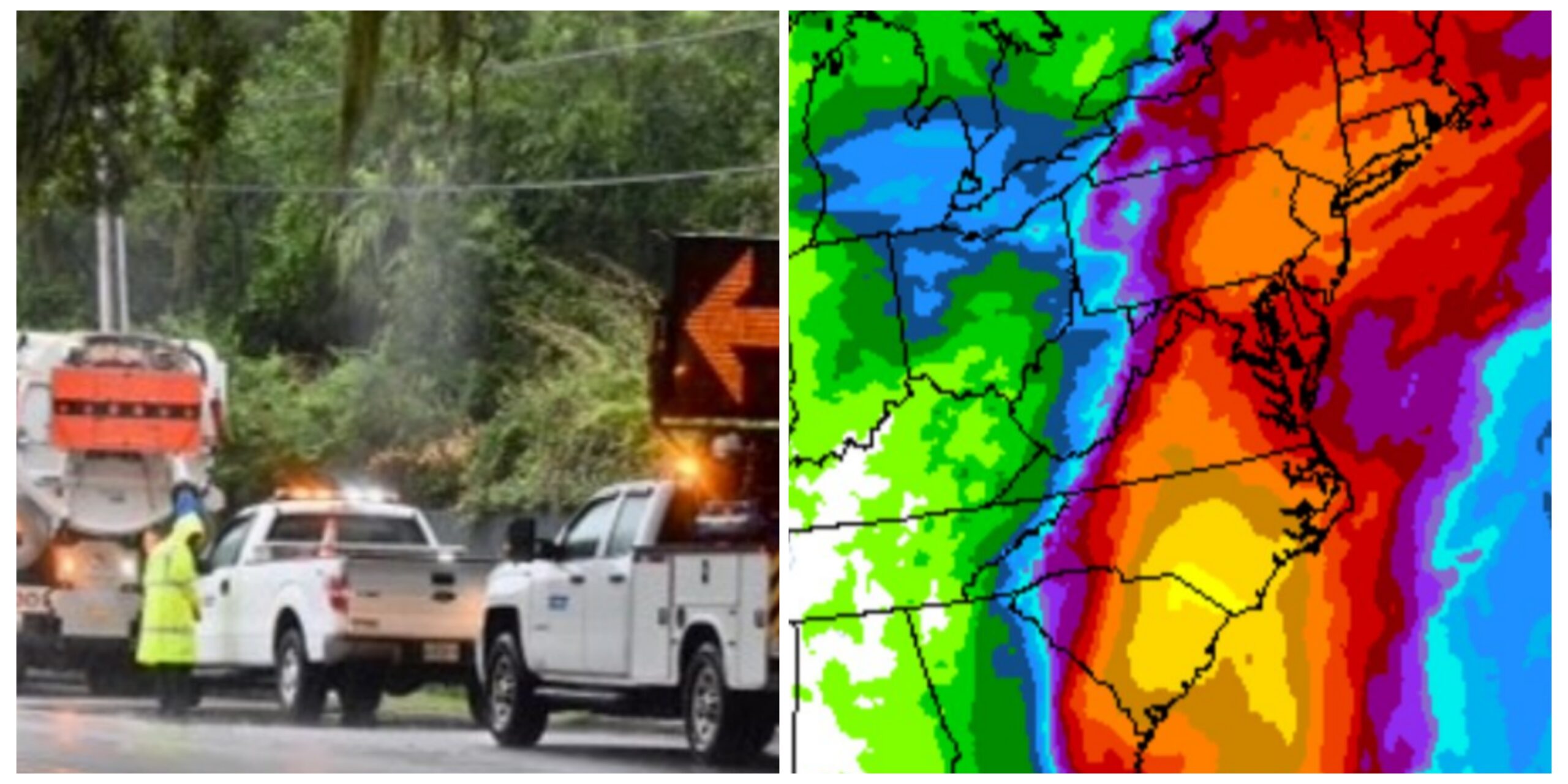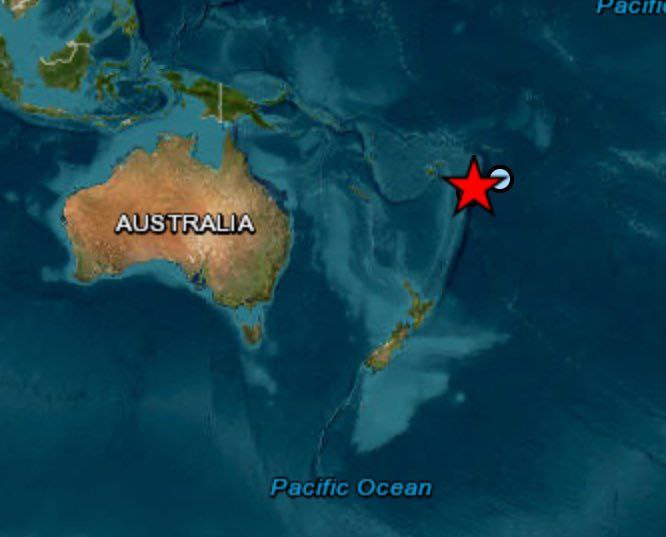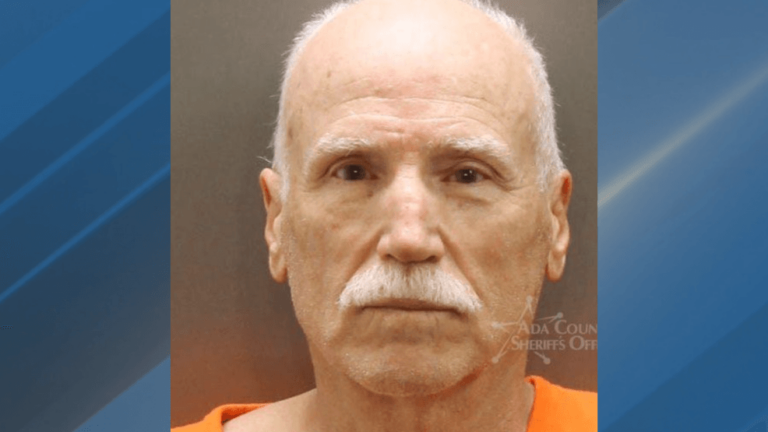
Debby’s meandering forecast path across the Southeast for the next several days is likely to be eerily similar to that of Hurricane Harvey, which flooded the Houston Metro area in August 2017, and Hurricane Florence, which drenched North Carolina for days in 2018.
Like Debby, both storms stalled over the region and became reminders that a hurricane’s hazards can persist and intensify for days after it makes landfall.
Tropical Storm Debby, which came ashore as a category 1 hurricane along the Florida coast early Monday, will move across the Southeast on Tuesday at roughly the speed of a human walking.
That slow pace will allow it to deliver historic amounts of rainfall — most likely measured in feet instead of inches — that could lead to catastrophic flooding over the next several days.
The old cities of Savannah, Ga., and Charleston, S.C. — which have both seen their fair share of tropical storms and where flooding has become more frequent recently — will likely see the brunt of this storm.
“Charleston is particularly vulnerable to flooding because it’s shaped sort of like a bowl with very poor drainage,” said Erica Grow Cei, a meteorologist with the Weather Prediction Center.
Forecasters believe Debby will rival or break rainfall records in Georgia (set by Alberto in 1994 with 27.85 inches) and South Carolina (set by Florence in 2018 with 23.63 inches) for the most rain that has ever fallen in each state.
The forecast calls for widespread rainfall of 10 to 20 inches and, in some areas, upward of 25 inches.
The areas most likely to be hit hardest by the rain will be determined by the precise track of the storm’s center, which was still uncertain early Tuesday.
Even small changes in the steering currents could result in Debby shifting and changing where the rain falls.
Because of this, an expansive and rare warning of a high risk for excessive rain has been issued in the region for today and tomorrow by the Weather Prediction Center forecasters who specialize in heavy rainfall events.
Over the years, when this group has issued this type of high-risk forecast, the storms within the area the forecasters outlined have typically created damaging and often deadly flooding, said Zack Taylor, a meteorologist with the prediction center.






